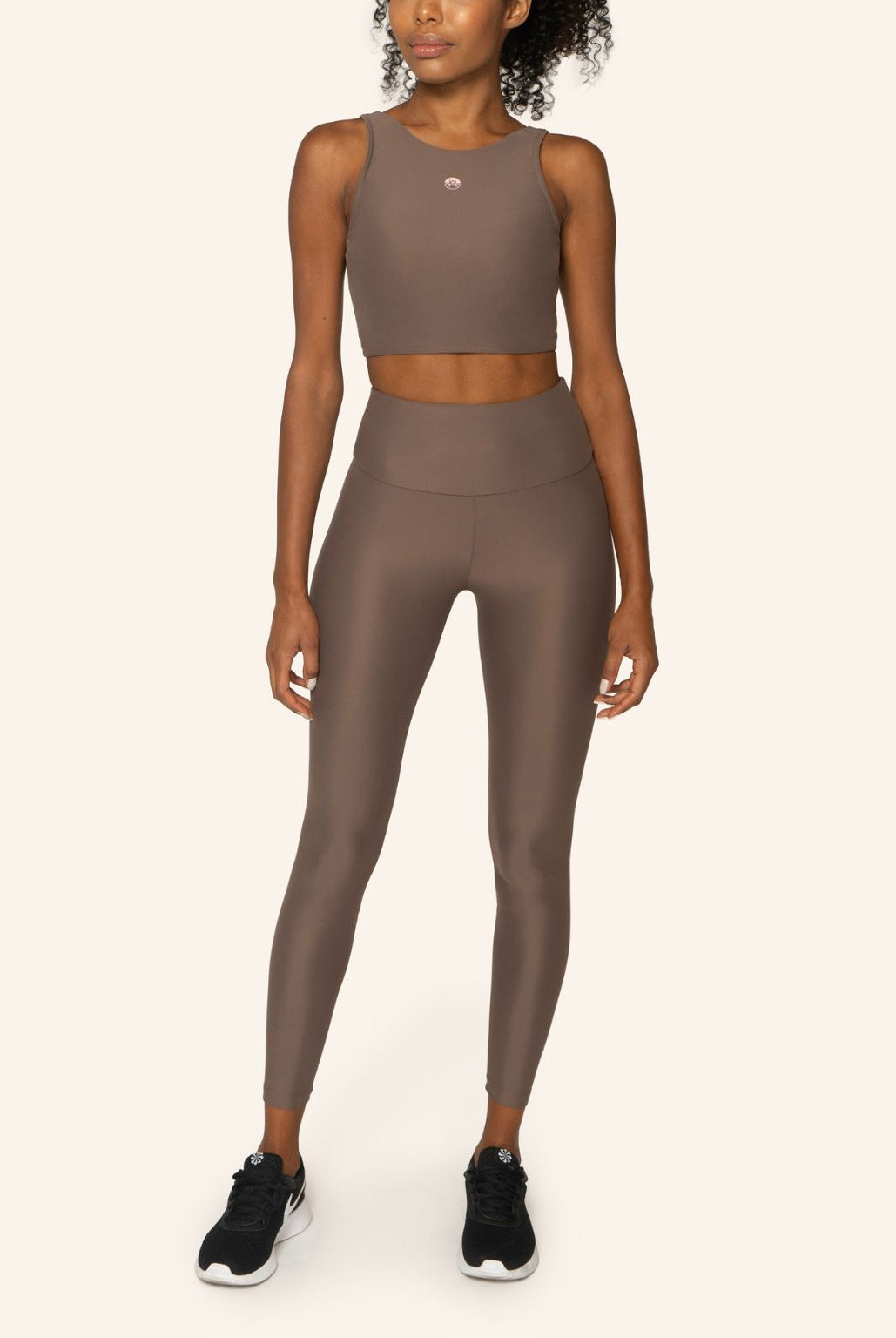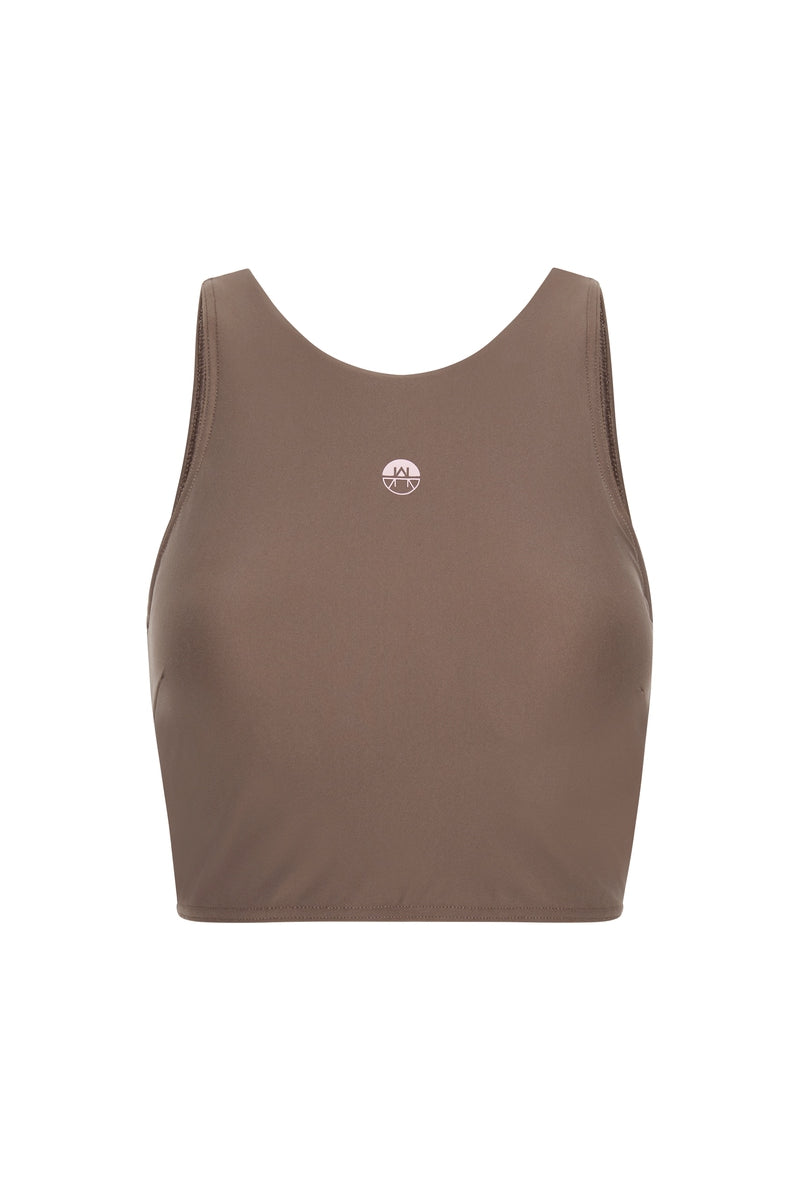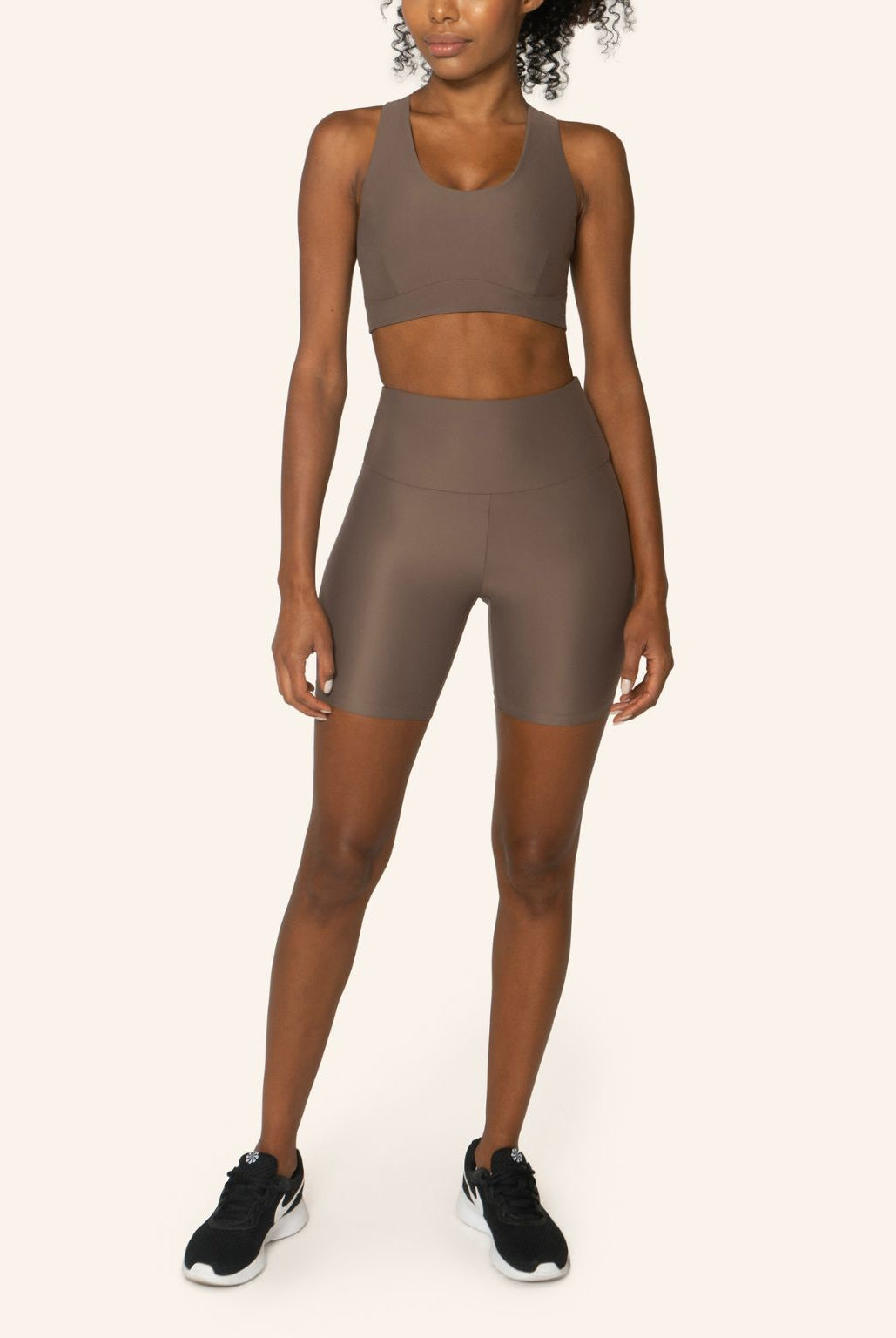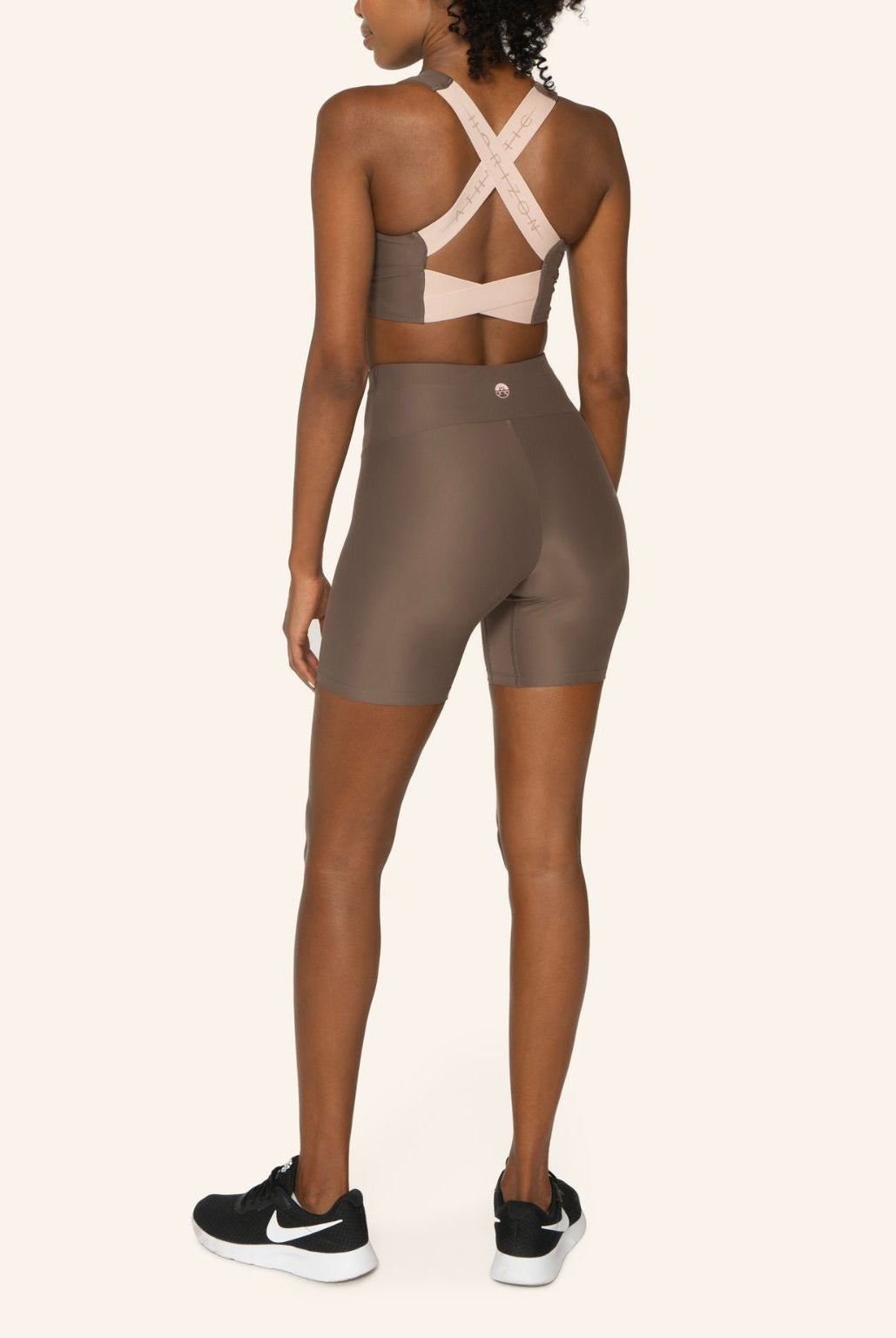If you haven’t yet tried plunging into cold water, maybe you’ve wondered what the fuss is all about. No doubt you’ve seen the enthusiasts rave about it, but you aren’t quite convinced. Or you recognise the benefits, but just aren’t quite feeling it for yourself quite yet.
Every week, especially through lockdown, it seems I have at least 1-2 patients or clients ask if I’ve any top tips as they prepare to take the plunge so I jotted down the top 10 essentials.
My ethos is to over plan the first few times, until you know how you and your body respond to the experience.
Very cold water swimming isn’t without it’s risks of course so do check those with your doctor if you have concerns as you would any new activity.
For most people, if they’re sensible about starting, it can quickly become a rather addictive pursuit.
10 tips to enjoying your first cold water dip
-
Start with a few cool showers
Get used to the sensation of breathing slowly and deeply despite being out of your comfort zone with the cold, just for 30 seconds to start with and build up to a minute or 2-3 intervals. You can sandwich the experience either side with warm water no problem!
-
Find a friend
When you’re ready to take the plunge in the wild, finding a buddy to try with not only makes it safer, they offer accountability and act as an essential moral booster.
-
Know if you need any special kit
Gloves and booties can be a game changer. A hat can also make a HUGE difference - I don’t put my head under in winter hence a woolly one works fine and stays dry. A rash vest can make a big difference to getting in. It’s MUCH easier to start in Spring or Autumn! If you do start in winter, you may want to try in a wet suit the first time or two. Ice dipping was NOT my first dip - it was the pinnacle after around a year’s practice.
-
Know the water
Is there an easy way in? Is there a strong current or a tide involved? Will your feet beable touch the floor throughout? Know the water temperature - how cold is it? Whilst seasoned dippers may stay in the water for a minute per degree (eg. 8 degrees water temperature, 8 minutes dip time) there are no rules here, to start it’s worth aiming for considerably less than that, even half. Plus we all have difference tolerance levels on different days as well as the air temperature making a huge difference too.
-
Start on a sunny wind free day
The weather and time of day matters ALOT. If it’s howling a gale or raining when you get out it makes for challenging changing! Be kind to yourself and start on a sunny, low wind moment.
-
Prepare your post dip base kit
Your fingers and brain often don’t function quickly when you get out! Hence make sure your kit is all laid out for when you get out - eg. extra towel to stand on, drying towel on the top, easy baggy clothes and shoes, all turned the right way around.
-
Breathe through the pain
Breathe throughout…it will inevitably be uncomfortable and outside the comfort zone for the first few seconds, but it does pass. Gradually you reach a point where the pain subsides, usually after about 30 seconds to 2 mins, depending on the water temperature and how you get in.
-
Time the dip and get out BEFORE you’re ready.
If you’re going in with others who’ve dipped before, don’t expect to stay in as long first few times until you know how your body copes afterwards. You can feel wonderful in the water but 5 mins after getting out can barely function or string a sentence together.
-
Get dressed quickly after
Know that the body keeps on cooling AFTER you get out, known as the after drop, hence why you can quickly find yourself in a pickle if you don’t get dressed quickly. The surprising challenge can be in how your body adapts afterwards so beware! So get dressed quickly and save the chat until you’re dry.
-
Take warm tea and a sugary snack for immediately after
A warm drink makes a huge difference to warming up and it also enables a little time to enjoy a post dip chat water side with buddies. However if it’s particularly cold or windy you may want to get yourself inside as soon as possible so you’re ready for any sudden temperature drops in the 5 -30 minutes post dip.
Perhaps most importantly, know that the learning curve is quick and steep, so simply take it easy and enjoy the first few dips so you’re left wanting more. Gradually the benefits out number the reasons not too and you too might just find yourself hooked! More coming up about the considerable benefits of wild water swimming next blog.
Sally Dibden is a Physiotherapist, Health and Performance coach and the founder of The Wellbeing Consultants. Sally specialises in supporting driven souls to optimise their body, mind and hormones, to fully heal as well as feel on great form consistently.

















































